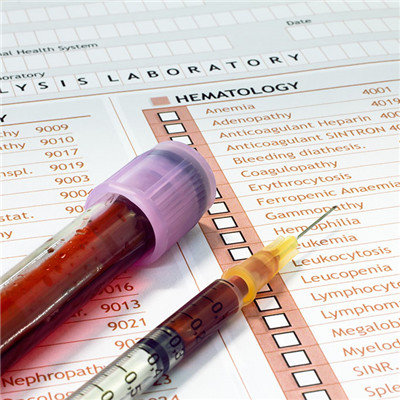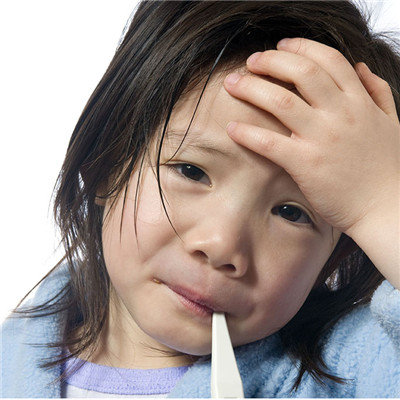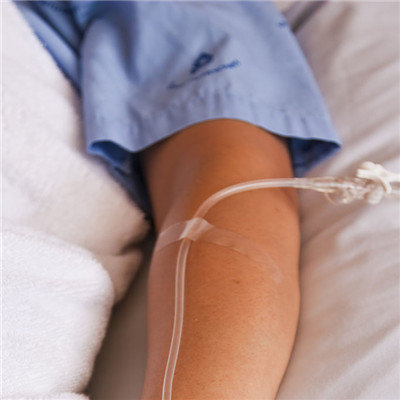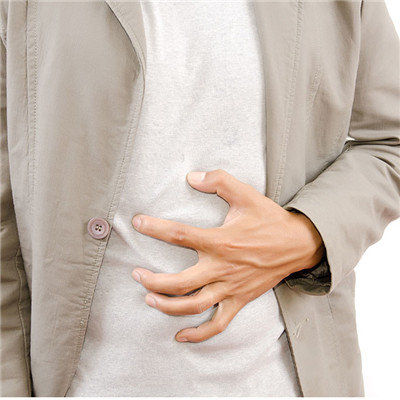G. symptoms of coccal infection
summary
Gram positive bacteria and gram negative bacteria are two kinds of bacteria identified by Gram staining. Most of the pyogenic cocci are Gram-positive bacteria, they can produce exotoxins to make people pathogenic, while most of the intestinal bacteria are Gram-negative bacteria, they produce endotoxin, and make people pathogenic by endotoxin. G. symptoms of coccal infection? Let's talk about it
G. symptoms of coccal infection
The onset is sudden, accompanied by persistent high fever (39-40.5 ℃), headache, sore throat, non suppurative conjunctivitis, deep sleepiness, intermittent unconsciousness without focal neurological signs, vomiting, massive watery diarrhea and diffuse sunburn like erythroderma. The syndrome can progress to orthostatic hypotension, syncope, shock and death within 48 hours, Skin scurf and exfoliation can occur, especially on the palms and soles of the feet

Other organs are often involved, which can cause mild non hemolytic anemia, moderate leukocytosis with immature granulocytes, early thrombocytopenia and subsequent thrombocytosis. Although clinically significant bleeding is rare, prothrombin time and partial coagulation time tend to be prolonged, Abnormal liver function (hepatitis) and rhabdomyolysis can often be found in laboratory tests. Cardiopulmonary involvement can also occur, manifested as peripheral edema and pulmonary edema (abnormal low central venous pressure, indicating adult respiratory distress syndrome), especially in children, severe hypotension and insufficient limb blood perfusion can occur, and almost all have renal dysfunction, characterized by decreased urine output and increased blood urea nitrogen and creatinine

Toxic shock syndrome is similar to Kawasaki syndrome, but it can be differentiated according to clinical manifestations. Kawasaki syndrome generally occurs in children under 5 years old, and does not cause shock, azotemia or thrombocytopenia. The rash is macular papule. Scarlet fever, Reye syndrome, staphylococcal scalded skin syndrome, meningococcal bacteremia, Rocky Mountain spotted fever should also be considered, Leptospirosis and viral eruptive diseases can be excluded according to specific clinical manifestations, culture and serological tests

matters needing attention
Aseptic measures (such as washing hands thoroughly before and after examining patients and disinfecting instruments) are very important. Patients who have been infected should be isolated from other susceptible patients. Medical staff with active staphylococcal infection, even local infection (such as furuncle), should not touch patients or instruments until the infection is cured, Unless the strain is very dangerous or suspected to be the source of an outbreak, isolation is generally not necessary














